Camera Obscura & Pinhole photography
Camera obscura was an optical phenomenon which was created to project images from the outside into a dark room. By completely darkening a room apart from a small hole in the wall allows rays of light to enter, letting the outside world pour in. This process takes around an hour and projects an upside down image into the dark room. This process is admitted for being all natural, deep and primitive as it uses old historical technology instead of new and upcoming tech. After being used for many centuries, camera obscura was developed by using different camera filter and adjustments to make images stronger and clearer. Pinhole photography is a similar process which uses a tiny hole in a camera to allow light to come in. This creates an image onto photosensitive material. As light hits material such as photographic film or paper the inverted image is created, with a long exposure time of around several seconds to minutes, the small hole incision only lets a small amount of light through which makes it very unsuitable for fast- moving objects. However, due to the fact it it’s simple, accessible and inexpensive with a unique looking vignette, the style of photography became increasingly popular.
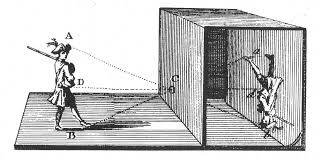
How Artists Use Camera Obscura | Lensbaby
Nicéphore Niépce and Heliography
The French inventor named Joseph Nicéphore Niépce was born in 1765. Within the time period of 1826 and 1827, he created the first ever permanent photograph which was named ‘View from the Window at Le Gras’. This introduced the process of Heliography. This process he created consists of the sun reflecting its light to create images. To achieve this he used a pewter plate which was covered with Bitumen of Judea which is a light sensitive substance. This substance hardens when it is exposed to light. The process takes up to eight hours and this time period is essential as the sensitivity of materials was much lower than modern materials. The plate is then needed to be washed with a solvent, this removes the Bitumen of Judea and leaves a permanent image. This process was particularly essential to the development of photography.
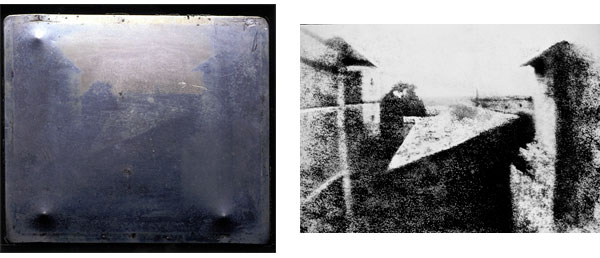
Musée Nicéphore Niépce and the invention of photography – only images
Louis Daguerre & Daguerreotype
Louis Daguerre was a French artist and photographer, recognized for his invention of the daguerreotype process of photography. He became known as one of the fathers of photography. This method preserving images and capturing them was a huge historical moment and made a large breakthrough. The daguerreotype is made by after capturing the image exposing it to mercury vapour which brings the visible image to life. The image also then needs to be rid of any unexposed silver iodide. This is achieved by completely covering the image in a salt or sodium thiosulfate solution. These images are very reflective and change when exposed to different angles of view. Daguerreotypes are also very detailed and clear which makes them stand out amongst other images from around the 1840s and 1850s. Louis decided to create the daguerreotype as he knew the world was seeking a photographic process which was easier to put into practice, since exposure times were only of a few minutes. So by creating his own process of photography, he became very successful and made Louis Daguerre world famous.

How Daguerreotype Photography Reflected a Changing America | Smithsonian
Henry Fox Talbot & Calotype
Henry Fox Talbert is very well known for being a successful pioneer of photography, scientist and inventor. Amongst his other successes he created a method of photography by using a ‘calotype’ which is a negative-positive process which is also known as the ‘paper negative’. He created images when exposed to light, these images were easy to produce and easy to distribute. However, they faced many drawbacks such as the people in the photos looking ‘on the edge of being present’ and seen as looking not quite alive due to a low sharpness and graininess, this caused a loss of fine detail. However, these images were popular as they captured a moment in time, fixed into place which was profitable and popular at this time. He used different light sensitive chemicals and salts such as silver nitrate and silver chloride.
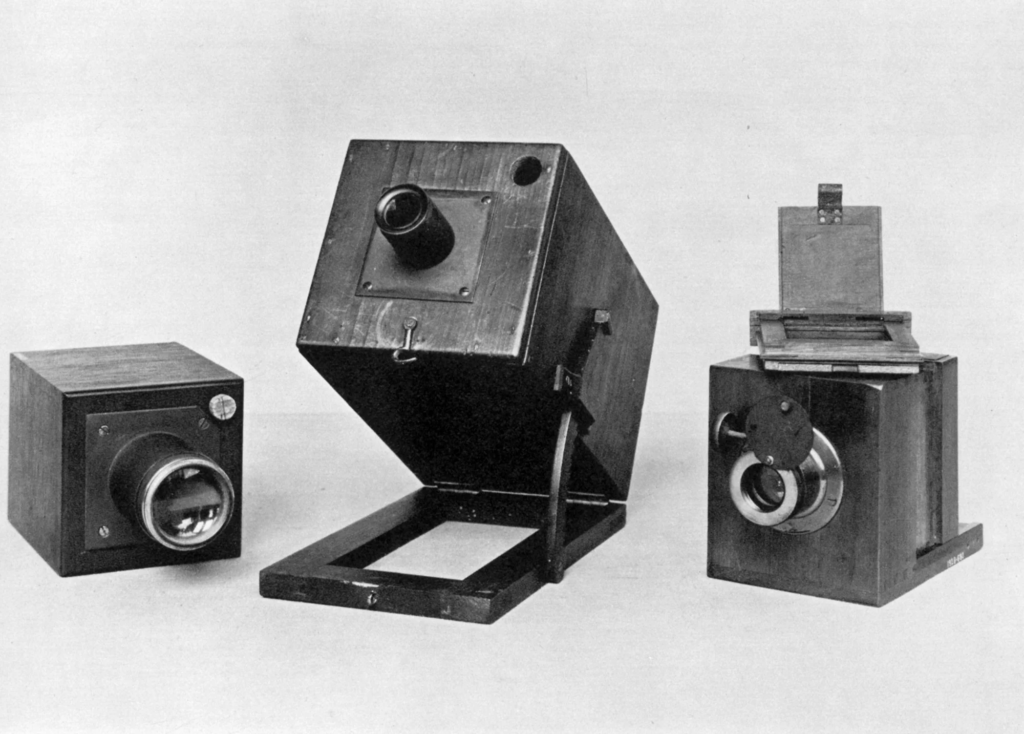
The Daguerreotype’s Famous. Why Not the Calotype? – JSTOR Daily
Robert Cornelius & self-portraiture
The American photographer Robert Cornelius was known best for self-portraits around 1839. He is also known as creating the ‘first ever selfie’. This selfie was created outside his family lamp shop in 1839 in Philadelphia. and was made by setting up the camera and standing still for around 10-15 minutes due to the long exposure times of the camera. The photograph consists of Cornelius standing with a very serious expression, looking directly at the camera. This image is seen as very impressive as it is very clear due to the fact there was a very long exposure time and Cornelius was created for ‘himself’ and not for science or historical purposes. Due to the fact Robert created one of the first successful self portraits he displayed a legacy for self-expression, artistic exploration and identity through the art of self-portraiture.

The first ever selfie, taken in 1839 – a picture from the past | Photography | The Guardian
Julia Margaret Cameron & Pictorialism
Julia Margaret Cameron is highly commended for being a female pioneer or photography in the late 19th century. Her photographic style stuck out as she attempted to elevate photography as ‘fine art’. Her portraits focus mainly on sentimental pieces such as friends and family, this makes her style particularly personal and intimate, this links to her passion to pictorialism. This style of art and photography portrays emotion and mood through images, occasionally through metaphors in their work. Camera settings such as soft focus and blurred images were a significant contribution to a ‘dreamlike’ feel, this feeling was also through dramatic lighting and very rich tonal contrasts. However, the popularity and excitement over pictorialism declined around the 1920s when photographers and artists began to use a more modernist approach to their work and use more high- quality and direct styles with greater precision and detail. However, the beauty of pictorialism through natural scenes is still favoured by using the beauty of nature to emphasize the beauty of pictorialism.
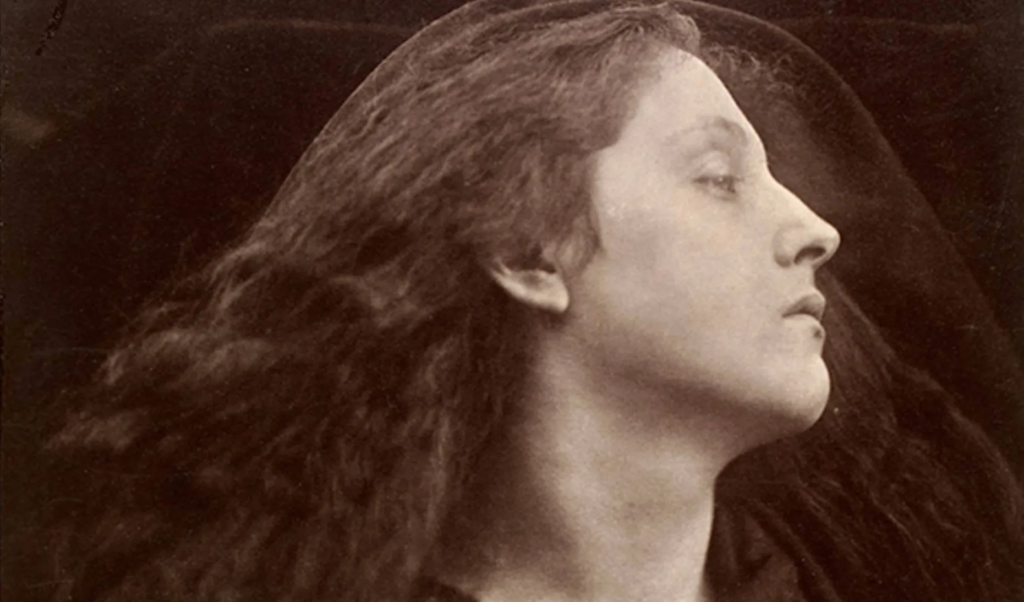
Julia Margaret Cameron: An Appraisal – The United Nations of Photography
Henry Mullins & Carte-de-Visit
Henry Mullins was a photographer who explored the Carte-de-Visite format which was a popular style around the 1800s. These portraits were very popular around the time the general public were having more access to cameras. These portraits were used for personal and social representation, and used details captured the likeness of individuals. The arrangement of a Carte-de-Visite consists of a small photograph on a piece of card with a CDV format which allows a single negative to have multiple images on. This also makes it affordable and accessible as more than one image can be displayed to document social status around the 1860s. People of multiple classes such as celebrities and political leaders would display their power through 4 strong images in the Carte-de-Visite formation. However the popularity declined in the late 1860s as larger formats and advancements became more popular and reliable. However, the legacy of Carte-de-Visite still carries on as a revolutionary discovery and creation as his work reflects the aesthetic sensibilities of the time and emphasised the clarity and compositions of cameras during this time period.
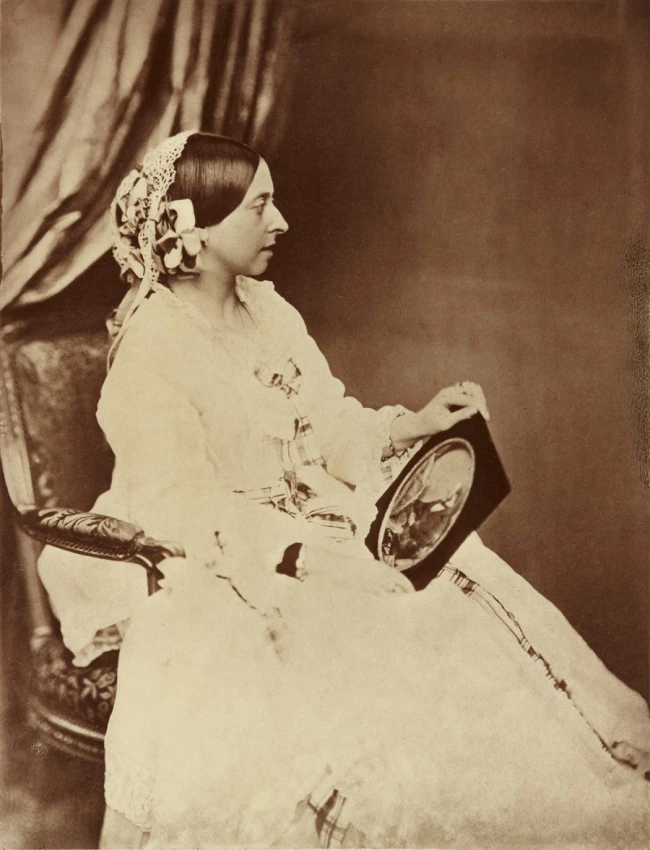

Complete all paragraphs and add images to illustrate each photographic process and technique